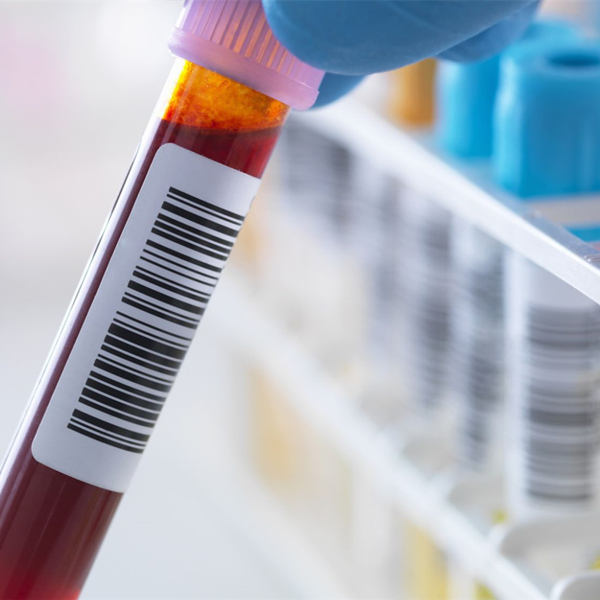High purity reagents are developed on the basis of general reagents. It is a reagent with the highest purity produced by a special method for special purposes. It is a general term for reagents whose purity is much higher than that of superior grade. High-purity reagents are usually used for chromatographic pure reagents used for chromatography and spectra used for spectroscopy. Pure reagent. In addition, it is a special chemical for the manufacturing process of large-scale integrated circuits (IC) and high-end semiconductor devices. It is mainly used in the cleaning, photolithography, and etching processes of silicon single wafers. Its purity and cleanliness affect the yield and electrical efficiency of integrated circuits. Both performance and reliability have an important impact.
High-purity reagents are relative standard materials for chemical research and component analysis. They are an important condition for scientific and technological progress. They are widely used in the synthesis, separation, qualitative and quantitative analysis of substances. It can be said to be the eyes of chemists. , Schools, hospitals and research institutes.
In biomedicine: For protein and gene expression, high-purity reagents are not only the concept of purity, but a comprehensive summary of high performance, high cleanliness, high batch consistency, low UV absorption, low fluorescence residue, and low moisture content Features. It has been widely used in the fields of organic synthesis and combinatorial chemistry, DNA and RNA synthesis. With the completion of human genome sequencing, cutting-edge research is gradually elucidating the key signal pathways in the process of cancer occurrence, growth and metastasis. Some small molecule inhibitors that can block cancer-causing signals are also beginning to play a role in cancer treatment research. At the same time, specific antibodies against a single target can also become cancer treatment drugs. With the in-depth research on cancer signaling pathways and drug targets, small molecule inhibitors, antibodies, and protein reagents have become key development areas in the field of life sciences, creating the possibility for humans to eventually overcome cancer.
High-purity reagents are used in Nucleic Acid testing: since the discovery of the new coronavirus, our testing methods have been CT and nucleic acid testing, and the final result is mainly based on nucleic acid testing results. Nucleic acid is a biological macromolecular compound formed by the polymerization of many nucleotides, and is one of the basic substances of life. Nucleic acids are widely found in all animal and plant cells and microorganisms. Nucleic acids in organisms are often combined with proteins to form nucleoproteins. The calculation and detection are mainly restricted by: the quality of the kit (not the production capacity), the main content and superiority of high-purity reagents The pure reagents are equivalent. The high-purity reagents use the conventional alkaline lysis method to lyse the cells. After precipitation, centrifugation to remove genomic DNA, protein and RNA, the adsorption column selectively adsorbs the DNA, and then a simple washing step removes non-specifically bound impurities. The eluted plasmids with higher purity can be directly used for subsequent experiments such as transformation, DNA sequencing, PCR, PCR-based mutation, in vitro transcription, restriction digestion, etc. Therefore, high-purity reagents are often used in nucleic acid testing.
Hot High Purity Reagents——
| N-(2-Acetamido)iminodiacetic acid | 26239-55-4 |
| SURFACTIN | 24730-31-2 |
| 3-(1-Pyridinio)-1-propanesulfonate | 15471-17-7 |
| Proteinase K | 39450-01-6 |
| Phenylmethylsulfonyl fluoride | 329-98-6 |
| Iodoacetamide | 144-48-9 |
| Hygromycin B | 31282-04-9 |
| TRIS(2-CARBOXYETHYL)PHOSPHINE HYDROCHLORIDE | 51805-45-9 |
| Thiazolyl Blue | 298-93-1 |
| Bovine albumin | 9048-46-8 |
| D-(+)-Maltose monohydrate | 6363-53-7 |
| Geneticin | 108321-42-2 |
| 9-Methyl-9-azabicyclo[3.3.1]nonan-3-one | 552-70-5 |
| (+)-Abscisic acid | 21293-29-8 |
| Ampicillin sodium | 69-52-3 |
| Neocuproine | 484-11-7 |
| HATU | 148893-10-1 |
| EDC.HCl | 25952-53-8 |
Post time: Jan-28-2021
